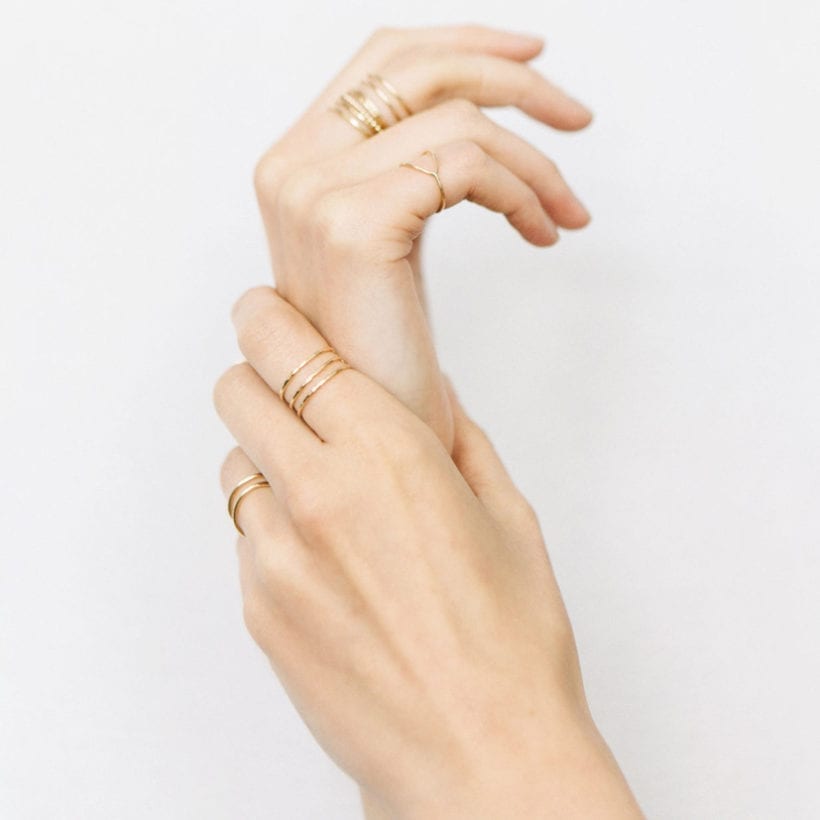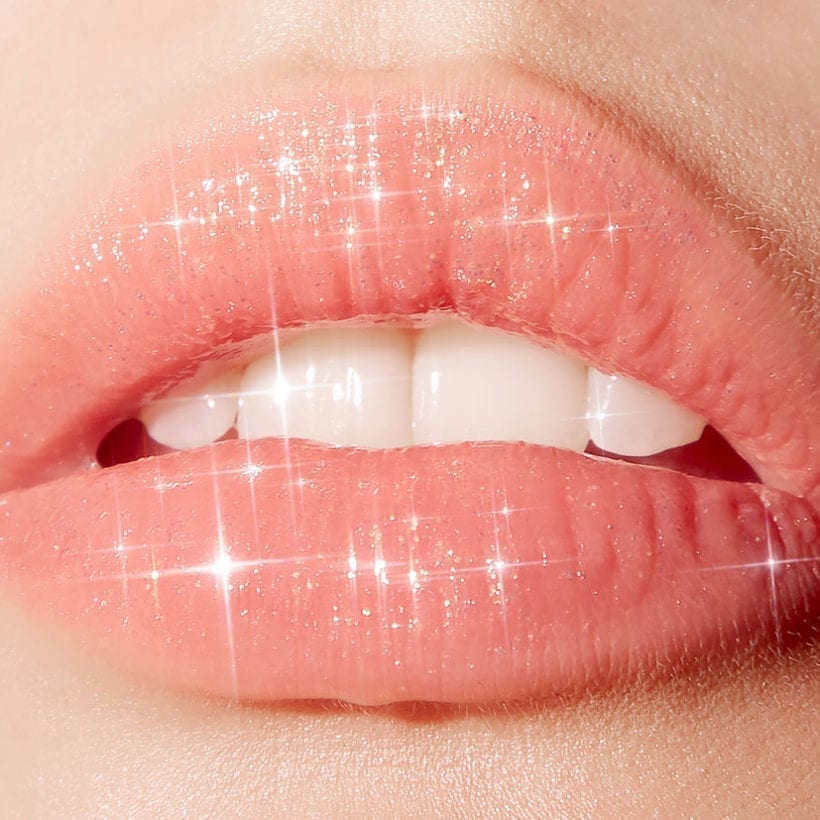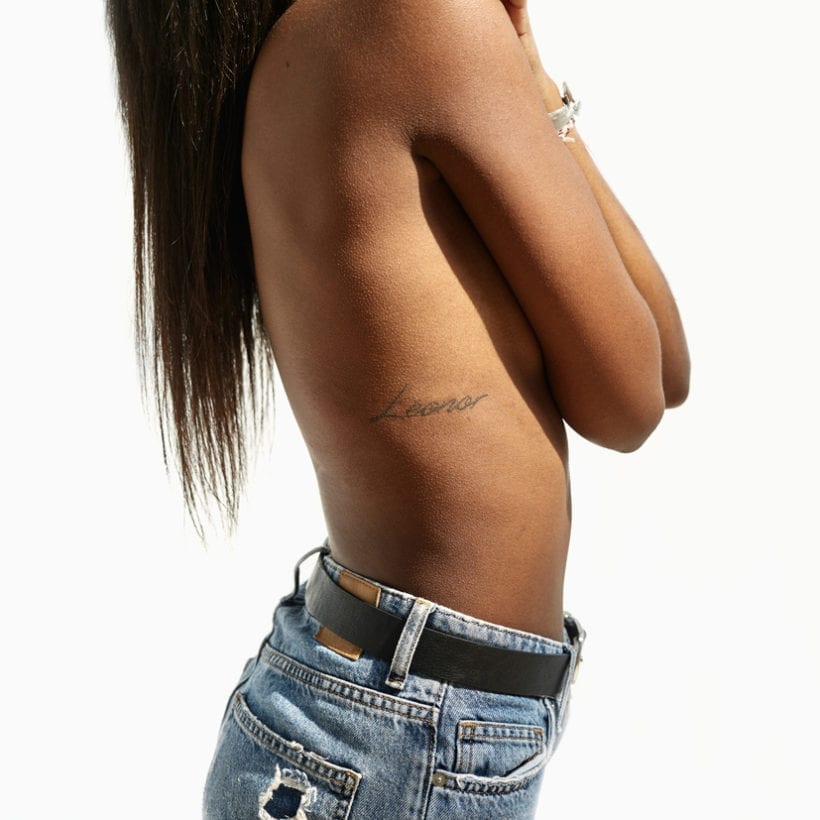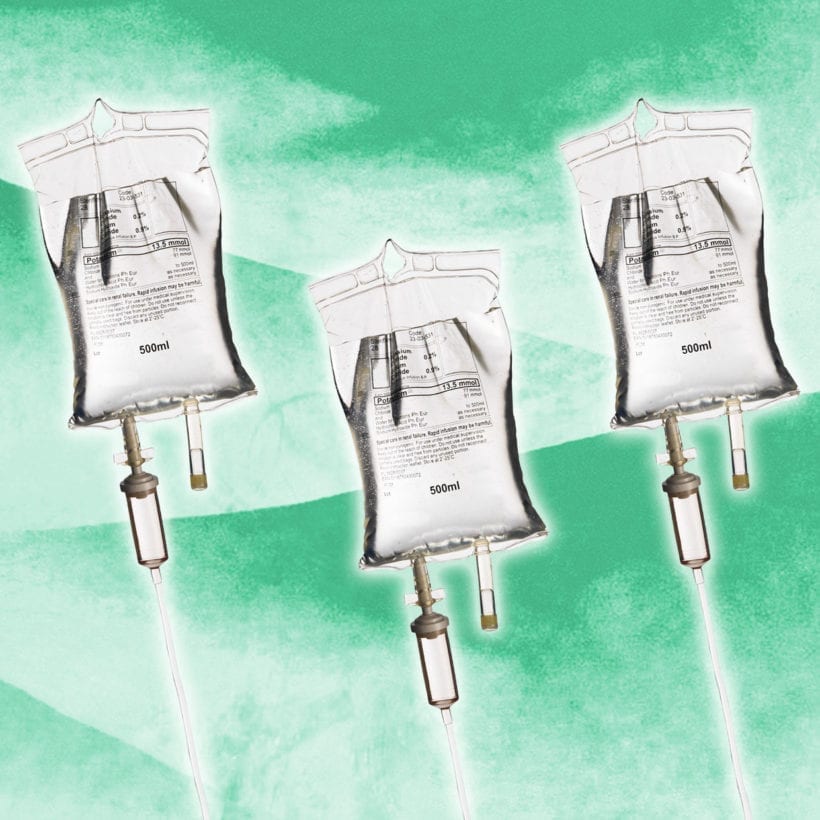If you’re familiar with facial fillers, you may have already heard of the “vampire facials” made famous by a certain Kardashian. It’s a procedure using platelet-rich plasma (PRP) injections that uses your blood to treat skin concerns like wrinkles, sagging, and undereye darkness. Now, platelet-rich fibrin (PRF) fillers require a similar technique of drawing your own blood and then injecting it back into your body. After you’re done experiencing the heebie-jeebies for a minute, read on below to learn more about the buzzy PRF treatment.
What are PRF fillers?
Experts believe that using your body’s platelets can enhance your skin, making it appear brighter and plumper. “Both PRF and PRP are concentrates made from a patient’s blood,” says Sejal Shah, M.D., a board-certified dermatologist and founder of Smarter Skin Dermatology. To get either, a patient’s blood is drawn and put into a centrifuge, which spins the liquid at a high speed to separate the platelets and growth factors believed to stimulate cell regeneration and growth. This solution can then be extracted and applied to the skin via an injection or topically, paired with a treatment like lasers or microneedling.
@candiceroberts_np Answer to @_kenziehunt #prf #filler ♬ original sound – Candice Roberts NP
The key difference between PRF and PRP treatments is the speed at which the blood is spun and how that ultimately affects what your dermatologist will extract and use, Dr. Shah explains. “With PRF, the blood is centrifuged at a slower speed so that it is not separated into layers as distinct as with PRP,” she says. “This allows some white blood cells, stem cells, growth factors, and fibrin to remain in the concentrate, and these extra factors have additional benefits.”
How do PRF fillers work?
The growth factors found in PRF fillers stimulate regeneration, repair, and your skin’s natural production of collagen — the key to youthful plumpness that diminishes over time. The main benefit is that it uses your cells to encourage the health of your skin.
@theindigoclinic EzGel PRF filler alternative from your own blood🩸3 sessions recommended. Check out our IG! #miami #prf #nofilter ♬ pushin P (feat. Young Thug) – Gunna & Future
Unlike many synthetic fillers, which add volume to the skin to fake more fullness, PRF fillers turn back the clock at a cellular level. At least, theoretically. “Growth factors and stem cells are slowly released over time, stimulating your body’s collagen production,” Dr. Shah explains. “In other words, it acts more like a bio-stimulatory compared to a traditional hyaluronic acid filler where basically what you see is what you get.”
RF does not require an anticoagulant — a substance that prevents blood from clotting — to make a usable solution, says Dr. Hadley King, a board-certified dermatologist. This bit of chemistry impacts the filler’s effectiveness in two ways. First, “the final release of growth factors is linked with the clotting mechanism, and anticoagulants inhibit that mechanism,” Dr. King says. Secondly is the speed at which collagen-stimulating growth factors are released into the skin. A PRP treatment triggers a “sudden release,” says Dr. King, meaning nearly 95% percent of growth factors are released when the PRP is used. “In PRF, the fibrin matrix traps the growth factors and cells and slowly releases them over time for better results,” she says.
What to expect during a PRF treatment?
You can get the rejuvenating benefits of PRF topically (as a microneedling treatment or facial) or via injection, just like you would with any other dermal filler. Both topical and injectable PRF treatments can deliver noticeable results, but anecdotally, fillers are “probably more effective due to deeper penetration,” says Dr. King.
Partly due to the delayed-release effects of PRF fillers, you’ll need several treatments to see results. Dr. Shah recommends three to four sessions spaced one month apart, but it can take six treatments. As your skin begins producing more collagen, you’ll typically start to see results four to six weeks after the first treatment, adds Dr. King.
@brookelynwillett PFR in tear troughs 🥰 #QuickBooksVictoryPose #prf #TheSuicideSquadMovie #filler #plasma ♬ Beggin’ – Måneskin
PRF fillers “can be used anywhere a traditional hyaluronic acid filler can be used,” says Dr. Shah. Think lip lines, nasolabial folds, even under the eyes. Just remember that “PRF is not a volume filler. It acts more at a cellular level,” says Dr. King. For this reason, it’s not always easy to make a direct comparison to synthetic fillers because PRF “results will be more variable because they are dependent on your platelets and growth factors and your skin cells’ response to these growth factors,” Dr. King says. With their natural regenerative proprieties, PRF fillers are less likely to give you “filler fatigue.” But since they require your skin cells to do some work, “results are not immediate and generally require a series. Results also depend on your body’s ability to produce collagen,” says Dr. Shah.
Are PRF fillers safe?
If you’re not crazy about injecting a synthetic substance into your face, PRF fillers can be a good alternative. “Generally, it is a very safe treatment as it is your own blood,” says Dr. Shah. So, you know precisely where the filler is coming from.
PRF fillers’ most common side effects are those associated with any injectable: Bruising, swelling, redness, and pain at the injection site. As with any cosmetic procedure, talk through the options with your doctor before any needles are brought out to understand what type of filler will be best suited for the results you’re looking for — and how many treatments you can expect to see results.







